How to plant a nut: everything is straight forward
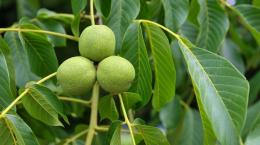
Walnut is a large, fast-growing, heat-loving tree with a tent-shaped crown. It is noteworthy that those vacationing in its shade are never bothered by annoying insects. In the country garden, walnuts are valued not so much for their exoticism, but for the excellent taste of healthy fruits.
Nut kernels contain proteins, fats, carbohydrates, vitamins, amino acids, and minerals. Breeders have bred zoned varieties with restrained growth, which begin to bear fruit in 5-6 years. Acclimatized crops of this plant are usually early-bearing, quite winter-hardy and have good fruit quality.
Content:
- Walnut - from a nut or from a graft?
- The best grafting for walnuts
- Budding with a “sleeping eye”: how it’s done
Walnut - from a nut or from a graft?
Every gardener would like to feast on and treat him to nuts from a tree grown on his own plot. The temptation is very great to take and sow the nuts and seeds you like somewhere in a corner of the garden. But when propagated by seeds, the walnut produces a change in maternal properties in the offspring, and, most often, for the worse.
Therefore, a nut that is sown is unlikely to grow into a tree with the same qualities. Walnut seedlings are suitable only as a basis for grafting a varietal plant, adapted to local climatic conditions.
Important: Only grafting allows you to preserve and pass on the valuable varietal characteristics of the walnut by inheritance.It is not always possible to buy seedlings already grafted in nurseries and immediately plant them in a permanent place. But connoisseurs of delicious fruits have a way out - they can grow walnuts of the desired variety themselves using vaccinations for a grown seedling or for an adult low-value walnut tree.
The best grafting for walnuts
The ABC of grafting wisdom helps a novice gardener understand the terms: what is grafted onto is a rootstock, what is grafted onto is a scion. First, the seedlings are grown - the rootstock. To do this, nuts are sown in autumn or March after stratification to a depth of 7-8 cm.
Regular care - weeding, loosening, watering, mulching. You can graft already on one-year-old seedlings. The root of the nut is deep, and immediately in the first years it grows twice as long as the above-ground part. Therefore, painless transplantation of a seedling to a permanent place is possible only at the age of three years. Walnuts, like any fruit tree, can be grafted in various ways:
- budding (from the Latin “oculus” - eye) - grafting with an “eye”, i.e. with one kidney
- copulation (“copulo” - connecting) - grafting with one or more cuttings
The most common, easiest and most effective type of grafting for walnuts is summer budding. But it has a limitation: budding is possible only if the branches of the rootstock have a diameter of no more than 15 mm. In the case of thicker branches, you will have to do copulation - grafting cuttings for bark or splitting. But then, to carry out these activities on an adult tree, preliminary preparation is needed - pruning its crown and (or) rootstock branch.
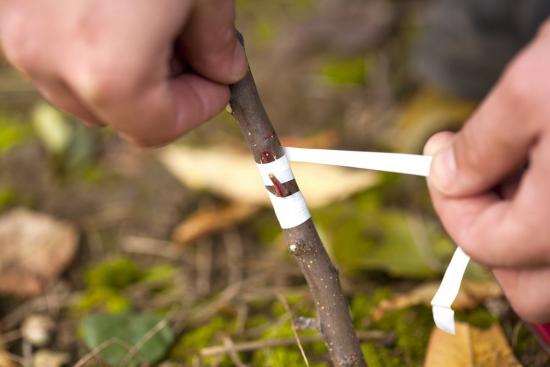
Summer budding is done from mid-July to the end of August - by this time the shoots and buds of the current season have time to ripen, sap flow is most intense, and the bark on the rootstock easily peels off. Scion cuttings about 30 cm long are prepared immediately before the procedure from high-yielding, pure-grade, non-old walnut trees nut.
Budding with a “sleeping eye”: how it’s done
The meaning of this method is that the shield is cut off from the bark of the rootstock and in its place a similar-sized strip of bark with a bud, freshly cut from the cuttings of the selected variety, is inserted. Prepare for the procedure in almost the same way as for a surgical operation:
- the special budding knife must be sharp and clean to avoid infections
- the surgical field of the scion is cleaned of dust with a clean damp cloth
- They keep a special tape ready for “dressing”
The budding technique consists of several sequential steps:
- At the internode of the rootstock, a section of bark 2.5-3 cm long is cut along the shoot, without touching the wood. Half of it is cut off and the remaining tongue is folded back.
- On prepared cuttings choose a healthy, well-ripened axillary bud - a “sleeping” eye, which will be the scion. From the bark of the cutting, a shield of the same size with an eye and a petiole 5 mm long is cut, which is convenient to hold on to.
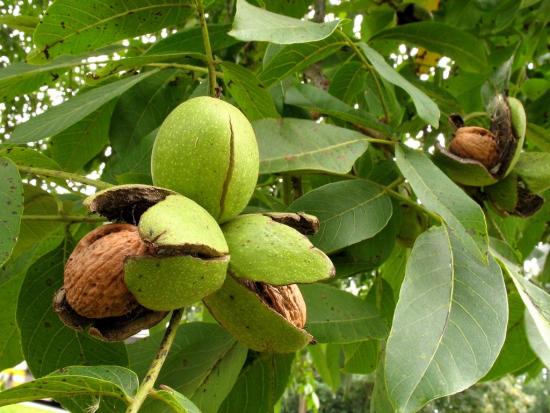
Important. The strongest mature buds are usually located in the middle part of the shoot. On the rootstock, a scion shield is inserted under the tongue at the bottom of the cut. In this case, at least one edge of the grafted shield must be closely adjacent to the cut of the rootstock bark. The attached shield is pressed and bandaged tightly with tape or plastic wrap, leaving the kidney open.
Experienced gardeners often advise using black tape to attract infrared rays to the wound surface, given the heat-loving nature of the nut. If after 3-4 weeks the shield fuses with the rootstock, the garden surgeon can be congratulated -
the vaccination was successful.
Important. To prevent the sun from drying out the graft, budding is best done on the north side of the seedling or branch. The bud takes root, and the next year, waking up after overwintering, it gives rise to a shoot of the desired variety. In early spring, even before the buds awaken, an oblique cut of a branch of the mother plant is made above the place vaccinations.
All “wild” growth on the rootstock is constantly removed. This is a very fascinating and pleasant story - to watch how a fruit-bearing tree grows from a small defenseless bud, grafted with one’s own hands, bringing benefit and pleasure to people.
Video about proper grafting of nuts with cuttings:

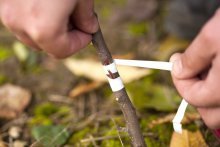
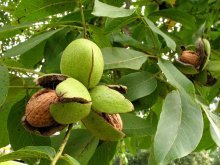

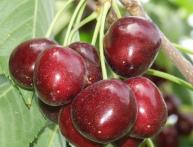

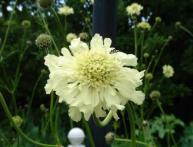
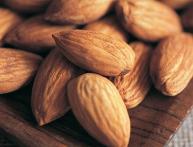
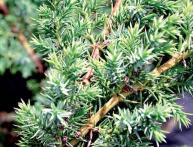
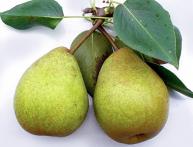
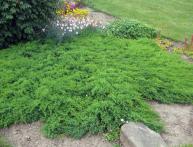
Comments
The easiest way is to use the budding method, and it is better to replant the walnut when it is warm, that is, mainly in the summer, then there will be no problems later.